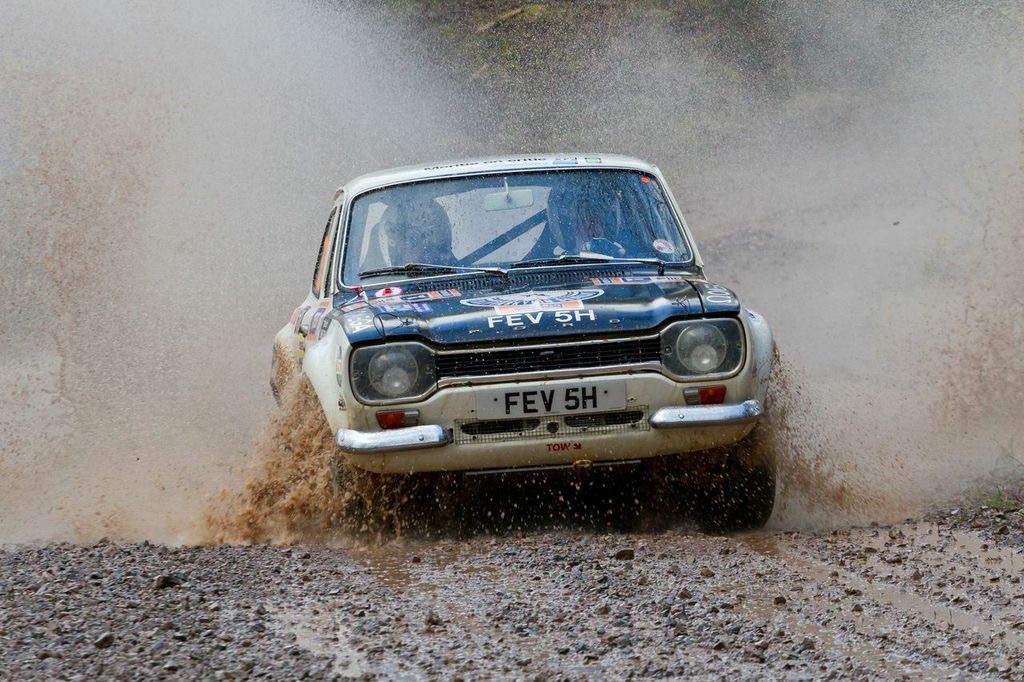Background
Whilst Ford’s rallying history can be traced back to before the Escort, with cars such as the Anglia and Lotus Cortina, 1968 is the important year as far as blue oval rally fans are concerned, as this year saw the launch of the Escort Twin Cam.
The Escort’s future in rallying was quickly cemented, as it secured wins on the Circuit of Ireland, Dutch Tulip, Austrian Alpine, Acropolis, Scottish and the Finnish 1000 Lakes rally and in so doing took the manufacturer’s title in its debut year. In 1969, the wins kept coming, as the Escort once again took the championship.
Further success came in 1970, when the Escort truly dominated arguably the toughest event in the world at the time, the London to Mexico World Cup Rally. When the cars finished in 1st, 3rd, 5th, 6th and 8th, it prompted Ford to release the iconic ‘Mexico’.
Shortly afterwards Ford replaced the Twin-Cam, with the RS1600, this upgrade further enhanced the car’s rallying pedigree as it secured wins on the RAC Rally in 1972,’73 and ’74, and on that year’s Scottish Rally every position in the top ten was occupied by an RS1600. The Escort was also a highly adaptable car, a trait demonstrated by securing wins in the mixed rallying and racing Tour of Britain in 1974,’75 and ’76.
In 1975 the new Mark II Escort was launched, resulting in a ‘the King is dead long live the King’ situation, as the Mark II RS1800 firmly picked up where the Mark I RS1600 left off.
This Car
FEV5H was built as one of four ‘ice racers’ for the 1970 Monte Carlo Rally, which was the first time that Ford had actually built left hand drive cars for its drivers. Unfortunately despite being ‘ice racers’ they could not compete against the works Porsches or Renault Alpines.
FEV5H began as a Twin-Cam, but was re-engined in March 1970 as a prototype 16 valve RS1600. Roger Clark took the car to its first victory on the 1970 Circuit of Ireland, after which Ford’s attention then turned to the 6 week, 16,000 mile London-Mexico World Cup Rally.
FEV5H was subsequently turned back into a Twin-Cam and driven to 1st place overall on the 1970 Finish 1000 Lake Rally.
Technical
Engine : Four-cylinder, 1.80ltr, in-line, longitudinally mounted in the front of the car, four valves per cylinder, 160 bhp
Induction : Twin Webber 40s, Normally Aspirated

